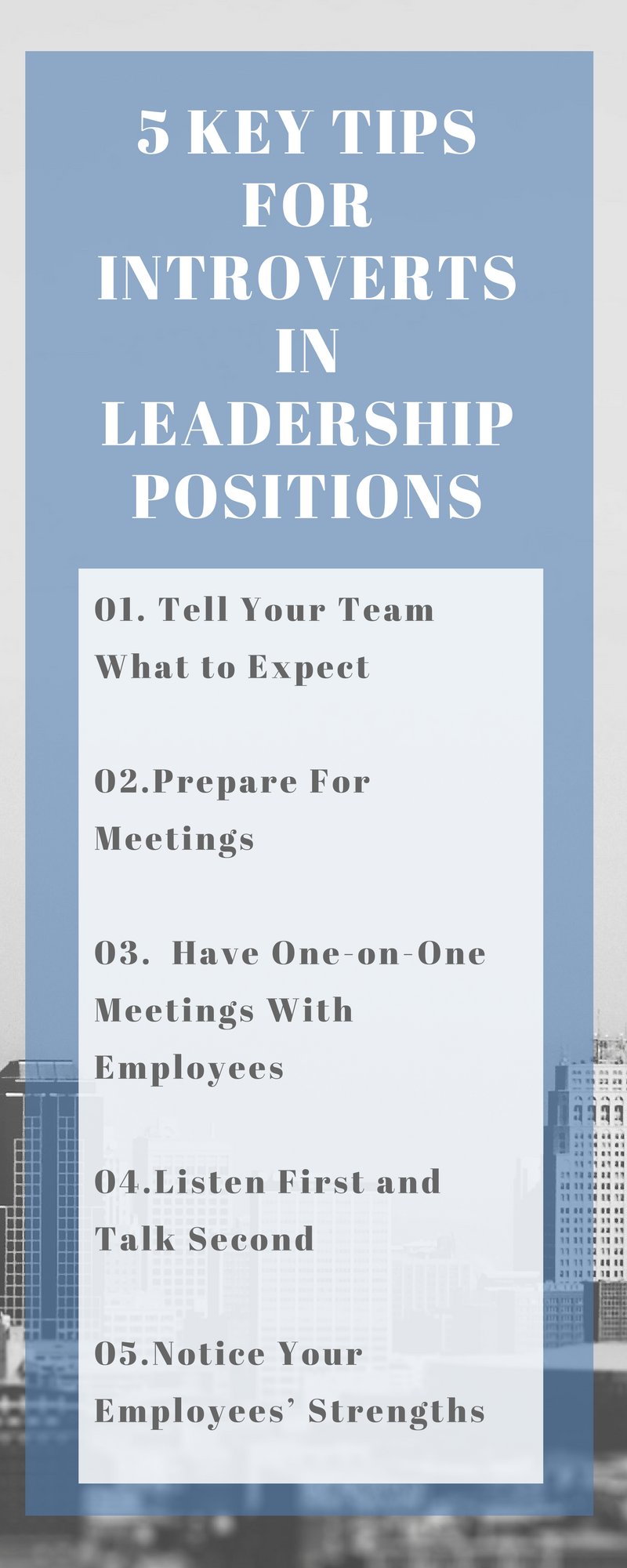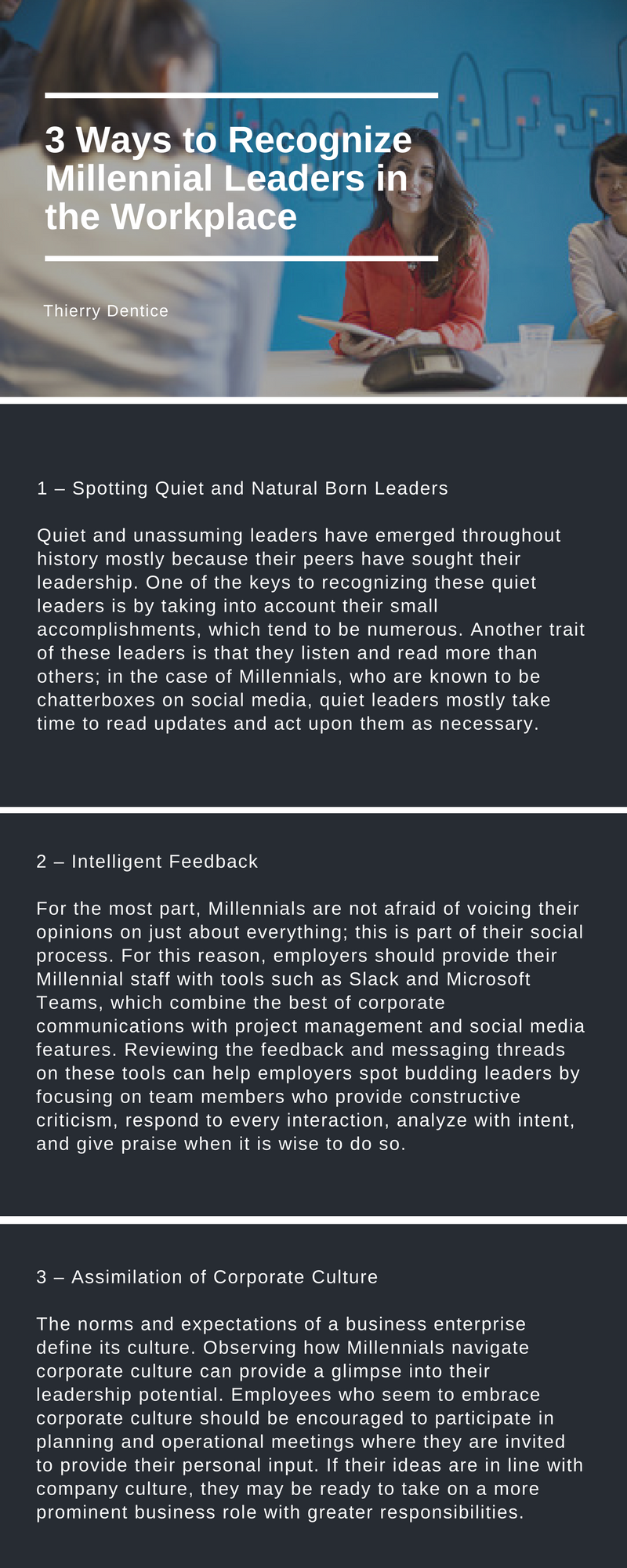Conflict in the workplace is always tricky. At its worst, it can practically ruin careers, and even minor strife can make going to work every day feel like a serious chore. If you find yourself at odds with a coworker or even a supervisor, here are a few things that might help you work through it.
Communicate
Many workplace conflicts arise from poor communication. A co-worker might misunderstand something you did or said, or they might lack a key piece of information that either one of you might need to do your jobs. Situations like this are always easy to clear up, but you need to communicate to make that happen. Speak to the other person to find out if there is any misunderstanding, and go from there. As long as you both act like professionals and agree to work together to clear up any misconceptions, things will be just fine.
Don’t Get Emotional
Of course, it’s going to be harder to clear the air with someone if either of you gets too emotional. People tend to say and do rash things when they’re upset, but you cannot let this happen at your workplace. That’s the kind of thing that can cost people their jobs and ruin careers. If you or the other person are too upset to talk, take some time to cool off or talk to someone else who can act as a mediator. Once both of you can remain calm, you can address your conflict rationally.
Prevent Conflict Whenever You Can
Conflict can’t always be avoided, but you can address any potential issues before they turn anyone against each other. If you feel that there is a potential conflict between you and another person or between two other coworkers, address it and come up with some solutions before things get ugly.
Pick Your Battles
Even though issues will come up whenever people spend any amount of time with each other, you cannot start fights over every minor disagreement. Some things are worth arguing about, but you would be surprised at how much you can just ignore. If you’re going to spend about 40 hours a week with people, you cannot make enemies out of them simply because of your personalities. As long as neither of you isn’t doing anything that creates a hostile work environment, you can learn to accept and get along with just about anybody.









